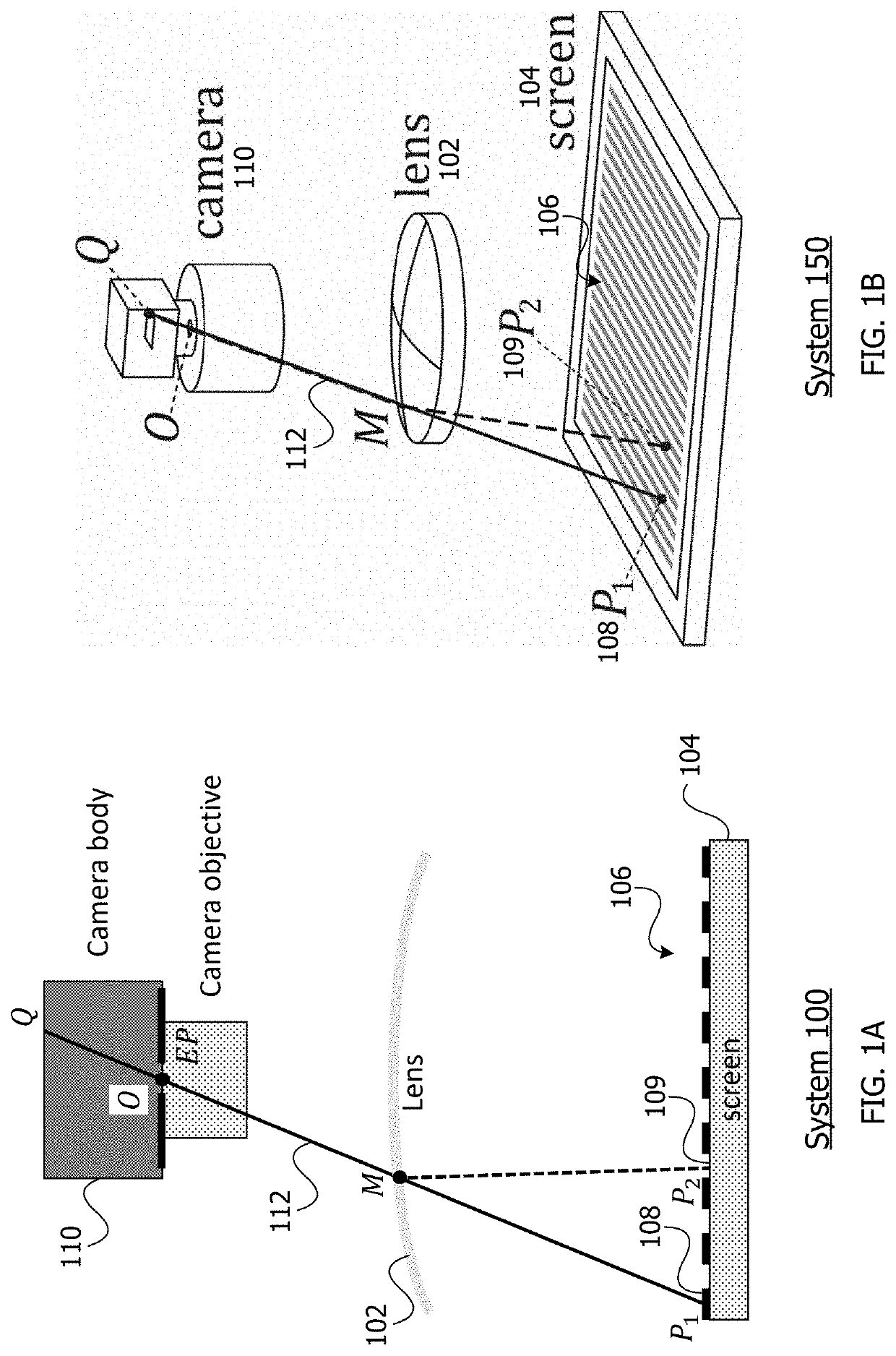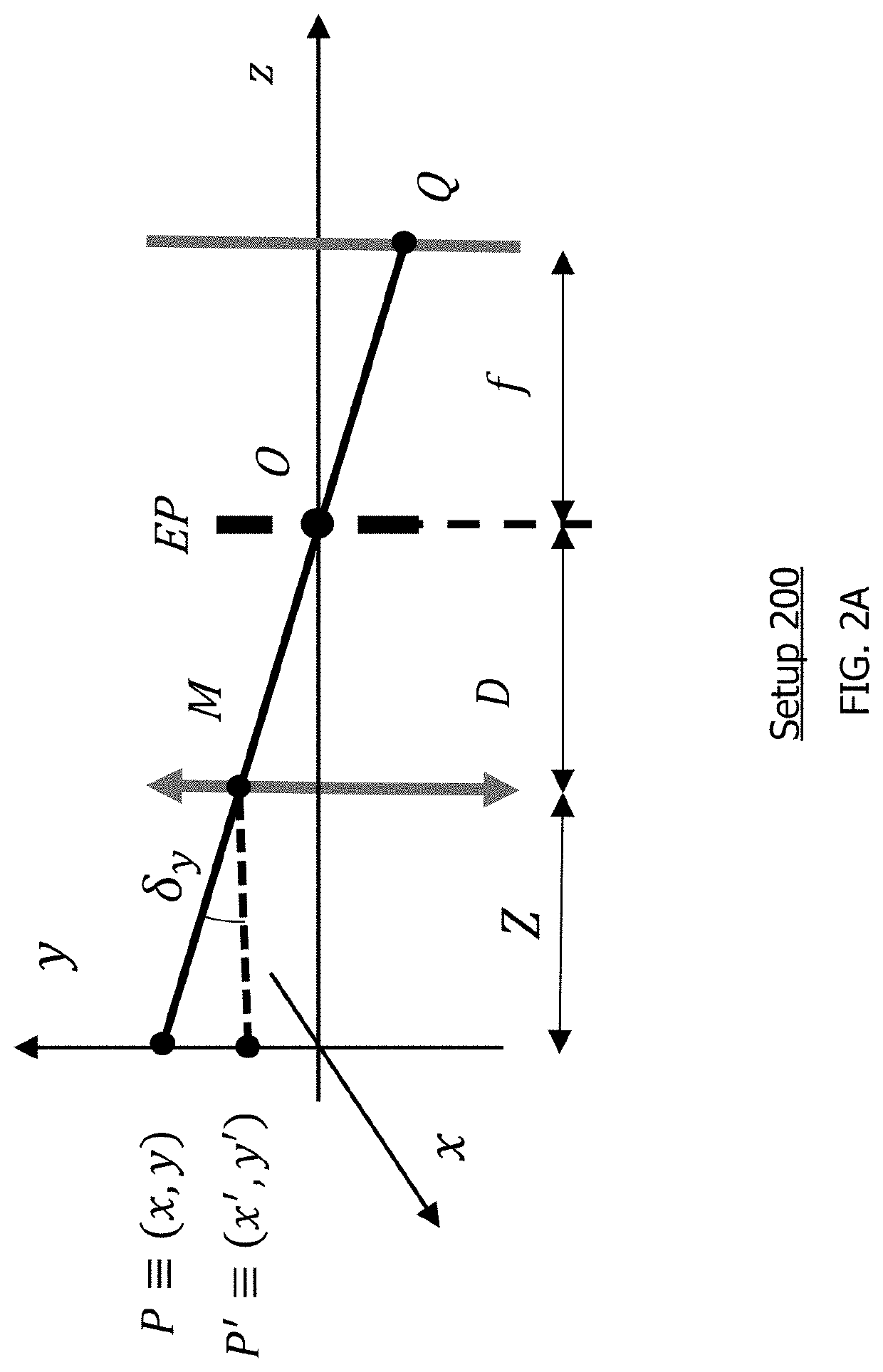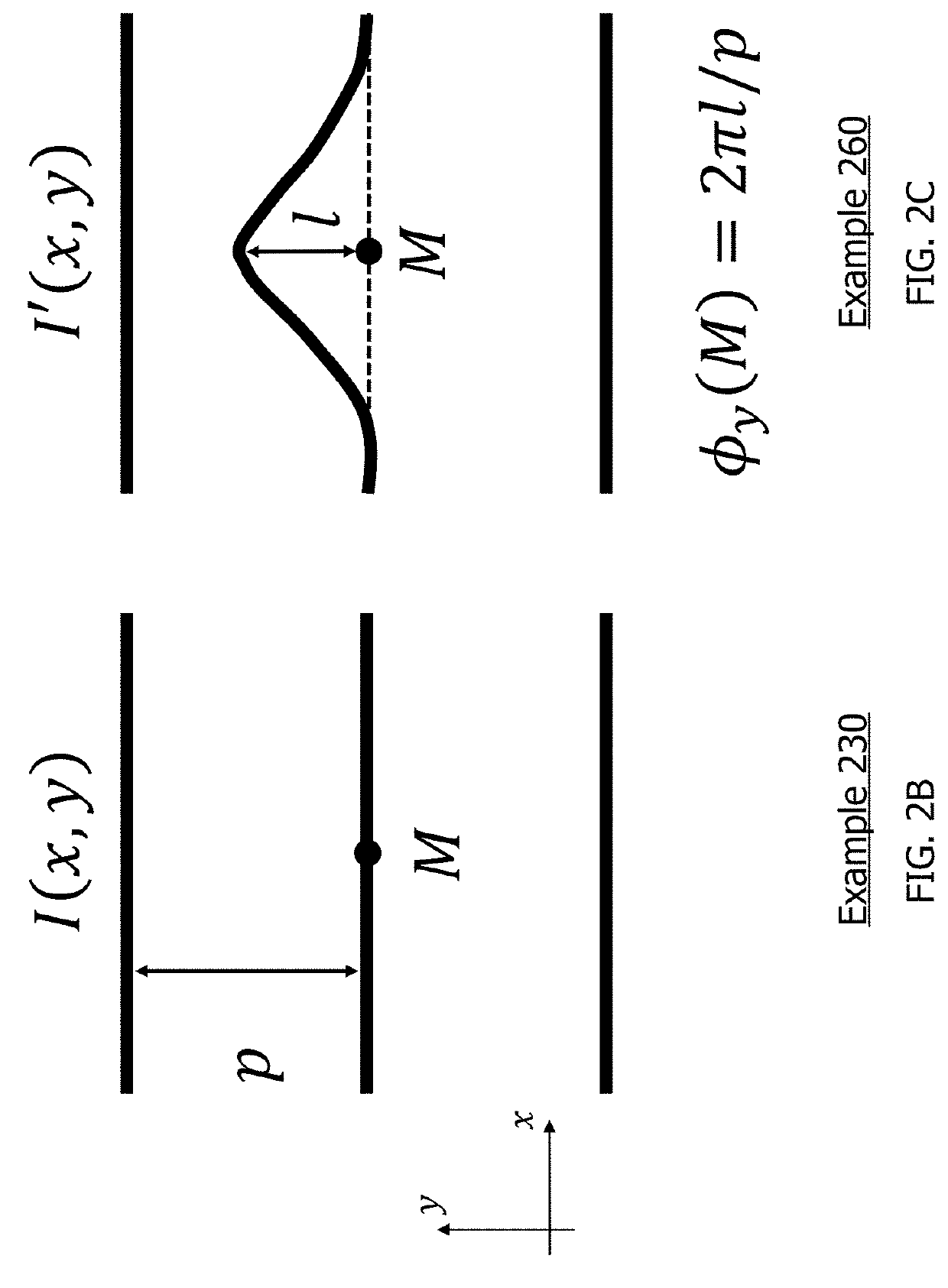Systems and methods for automatic visual inspection of defects in ophthalmic lenses
a technology of ophthalmic lenses and visual inspection, applied in the field of optics, can solve the problems of leaving imperfections on surfaces or within the lens, complex process, and many additional steps in the process,
- Summary
- Abstract
- Description
- Claims
- Application Information
AI Technical Summary
Benefits of technology
Problems solved by technology
Method used
Image
Examples
Embodiment Construction
[0040]This disclosure is directed to the automatic visual inspection (AVI) of defects in ophthalmic lenses using phase visibility values and / or modulation visibility values of deflectometric measurements. For example, the inspection can use only phase visibility values; only modulation visibility values; or phase and modulation visibility values, depending on the particular case. The optical methods, systems and machines for this AVI inspect ophthalmic lenses to detect defects and to classify the ophthalmic lenses as good or bad. The AVI systems (i.e., device, kit, configuration or method) distinguish between dust and cosmetic defects; identify whether the defect is on the back or front surface of the lens; and estimate the defect luminous intensity and area.
[0041]For example, embodiments of an AVI system and / or method for inspecting cosmetic defects in a transmissive lens include using a plurality of camera poses or orienting the lens to provide deflectometric measurements from at ...
PUM
| Property | Measurement | Unit |
|---|---|---|
| length | aaaaa | aaaaa |
| size | aaaaa | aaaaa |
| size | aaaaa | aaaaa |
Abstract
Description
Claims
Application Information
 Login to View More
Login to View More - R&D
- Intellectual Property
- Life Sciences
- Materials
- Tech Scout
- Unparalleled Data Quality
- Higher Quality Content
- 60% Fewer Hallucinations
Browse by: Latest US Patents, China's latest patents, Technical Efficacy Thesaurus, Application Domain, Technology Topic, Popular Technical Reports.
© 2025 PatSnap. All rights reserved.Legal|Privacy policy|Modern Slavery Act Transparency Statement|Sitemap|About US| Contact US: help@patsnap.com



